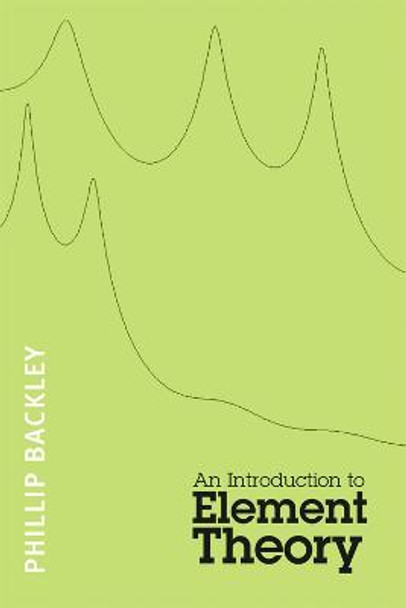Description
About the Author
Phillip Backley is Professor of English Language and Linguistics at Tohoku Gakuin University, Japan. He is co-editor of Strength Relations in Phonology (2009) and has published on a range of topics in phonological theory and language acquisition. He has previously taught at Kyushu University in Japan and at the University of Lille 3 in France.
Reviews
This book was missing for sure. There are two major views on what sound is made of in the mind: basic building blocks are either (binary) features or unary primes that combine like colours do. Phillip Backley is an expert in the area: he has actively accompanied the unary project in Government Phonology (and sister theories) since the 80s. He now proposes a textbook that introduces to Element Theory in the best possible way: the beginner discovers the ins and outs of the unary enterprise without this requiring any prior knowledge and following a very lucid, laid-back presentation of the synopsis of a field which can only be written by somebody who has full command of the literature and its quarrels. However, the advanced reader will also discover a wealth of data that support the demonstration. The cognitive ambition of the unary project is never out of sight, and Backley admirably shows on every single occasion that the acoustic signature of Elements goes hand in hand with their identity and workings in the mind, and in grammar. There was no book that introduces to the unary project in melodic representation - now there is one, and Backley sets standards that it will be hard to supersede. -- Tobias Scheer, University of Nice and CNRS Backley's book offers perspicacious and astute insights into possible and impossible segmental systems, delivering the reader a convincing and tightly-woven integration of formal representations, acoustic properties, and crosslinguistic typology. -- Dr Andrew Nevins, Reader in Linguistics, University College London This book was missing for sure. There are two major views on what sound is made of in the mind: basic building blocks are either (binary) features or unary primes that combine like colours do. Phillip Backley is an expert in the area: he has actively accompanied the unary project in Government Phonology (and sister theories) since the 80s. He now proposes a textbook that introduces to Element Theory in the best possible way: the beginner discovers the ins and outs of the unary enterprise without this requiring any prior knowledge and following a very lucid, laid-back presentation of the synopsis of a field which can only be written by somebody who has full command of the literature and its quarrels. However, the advanced reader will also discover a wealth of data that support the demonstration. The cognitive ambition of the unary project is never out of sight, and Backley admirably shows on every single occasion that the acoustic signature of Elements goes hand in hand with their identity and workings in the mind, and in grammar. There was no book that introduces to the unary project in melodic representation - now there is one, and Backley sets standards that it will be hard to supersede. Backley's book offers perspicacious and astute insights into possible and impossible segmental systems, delivering the reader a convincing and tightly-woven integration of formal representations, acoustic properties, and crosslinguistic typology.
Book Information
ISBN 9780748637430
Author Phillip Backley
Format Paperback
Page Count 234
Imprint Edinburgh University Press
Publisher Edinburgh University Press
Weight(grams) 339g









